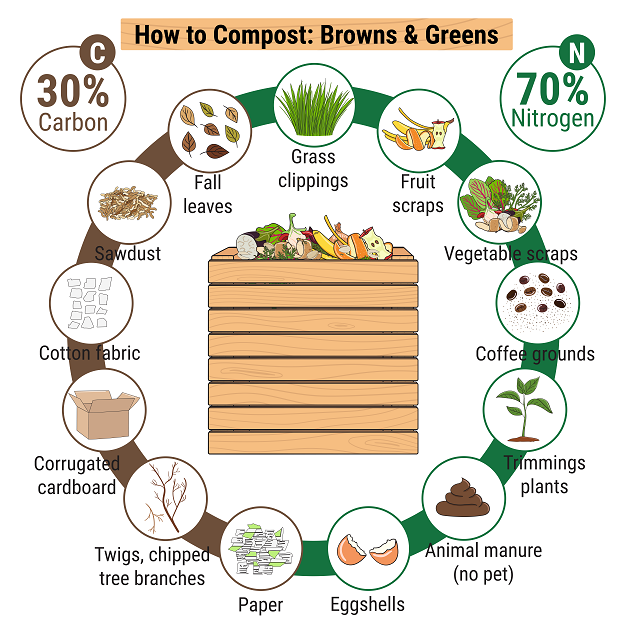You Ask, We Answer: How Can I Compost to Feed My Plants?
Spring is (finally!) here in Connecticut, and that means buds on trees, shoots of green poking through the soil, and flowers bursting into bloom. If you’re looking forward to nurturing your garden to its full glory, read on. We’re digging into the best type of composting for your garden, what to compost, and how you can use your compost to feed your plants for their best and most beautiful season yet.
What is “hot compost” and why should I use it in my garden?
Let’s face it: Composting gets a bad wrap. Many of us have mixed feelings about composting, knowing it helps the environment but afraid we’ll end up with a pile of stinky sludge that will only attract pests. While it may be true that not composting correctly can cause an inadvertent mess, the good news is that doing it correctly can help prevent all that–and instead, can leave you with nutrient-dense soil that can benefit your garden!
Enter “hot composting,” a type of composting that requires you to care for your compost pile in return for a speedier turnover (think about 3 months in the warmer Connecticut weather). According to bhg.com, “Four ingredients are required for fast-cooking hot compost: nitrogen, carbon, air, and water. Together, these items feed microorganisms, which speed up the process of decay. During the growing season when garden waste is plentiful, you can mix one big batch of compost and then start a second one while the first one ‘cooks.’”
What should I compost?
Hot composting is a great option for your Connecticut garden because not only does it produce desired results in a relatively short time frame, but it can handle a variety of food scraps and household waste. You can dispose of fruit and vegetable scraps, eggshells, coffee grounds, and yard detritus such as grass clippings, dry leaves, wood chips that have been finely chopped–even newspaper!
However, as much as you can put into your hot compost pile, there are several things you should never add. You never want to compost any dairy food, meat, oil, fats and juices from cooking, pet waste, or wood that has been chemically treated. Doing so can not only cause your compost pile to smell, but it can also create an unwanted chemical reaction or even spread disease.
How do I care for my compost pile?
According to Better Homes & Gardens, “To make your own hot-compost heap, wait until you have enough materials to make a pile at least 3 feet deep with a combination of wet (green) items and dry (brown) items. Brown materials include dried plant materials, fallen leaves, shredded tree branches, cardboard, newspaper, hay, straw, and wood shavings. These items add carbon. Green materials include kitchen scraps, coffee grounds, animal manures (not from dogs or cats), and fresh plant and grass trimmings. These items add nitrogen.”
You want to start your compost pile by combining three parts brown materials with one part green material. If after mixing your pile looks wet and smells, add more “brown” items and mix well with a garden fork to aerate it. Likewise, if your pile looks too dry and brown, add more “green” items to ensure it’s slightly moist.
Next, don’t forget to water your compost pile to keep it slightly moist. You can use the most gentle setting on your garden hose to just sprinkle it with water, then aerate it once a week with your garden fork to provide it oxygen.
You want to turn your compost pile once a week in the warmer months to keep the oxygen moving through it. The pile has to be warm so it’s “cooks.” Purchase a compost thermometer to make sure the temperature hovers between 130-150 degrees. Once you’ve reached that temperature window, go ahead and begin turning it weekly.
Finally, when your compost pile stops “cooking” and becomes dry and crumbly like soil, it’s ready! “Add about 4 to 6 inches of compost to your flower beds and a thick layer to the top of pots at the beginning of each planting season,” suggests bhg.com. And get ready to feed your plants with the most nutritious mix of compost soil!




